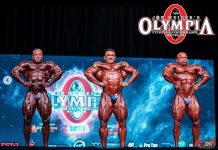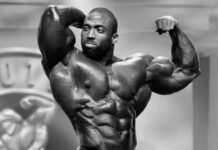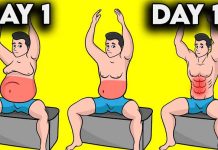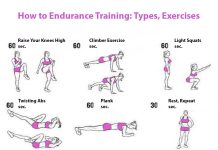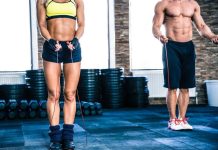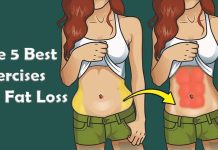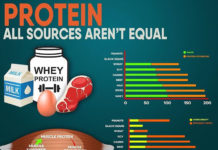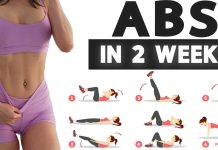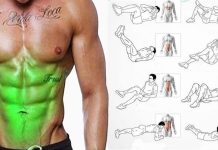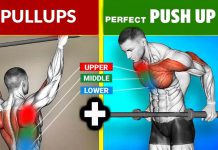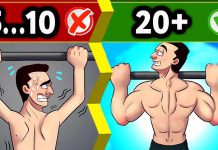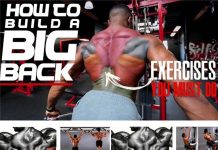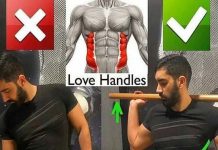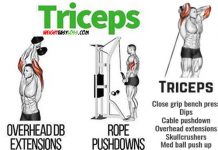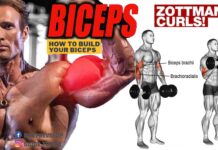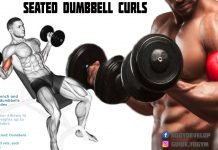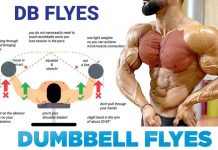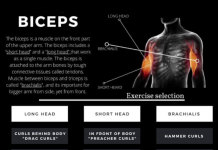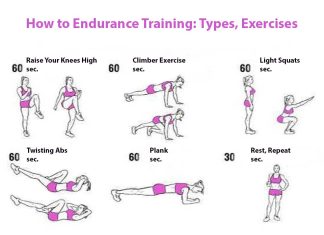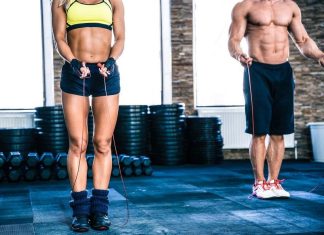Types of push-ups and results that can be achieved
[wp_ad_camp_1]
[wp_ad_camp_4]
Push-ups from the floor – this is not only the classic exercise, familiar to us even from the school bench, but also a number of its modifications, allowing qualitatively to work out certain groups of muscles, to develop strength and endurance. About push-ups written a lot of articles and books. In order not to get confused in a lot of information, let’s systematize knowledge about this exercise and understand what goals it can help to achieve.
What can you achieve by push-ups?
If you approach the question globally, then during the push-ups almost all the muscles of our body work. However, when planning the training process with the insignificant load that the press receives, for example, we can neglect and focus on those muscle groups that do the main job.
Mostly, when push-ups are used:
- pectoral muscles (top, bottom or middle of the chest);
- triceps;
- deltoid muscles of the shoulders.
Changing the position of the hands and body, we can shift the focus of the load on any of these muscle groups. In addition to muscular training, push-ups are an excellent means for developing endurance, increasing explosive strength (plyometric), training the cardiovascular system, strengthening ligaments and tendons. In this article, we first of all consider the classical technique of the exercise. Next, we will analyze the following series of questions:
- Which of these are the push-ups to train the pectoral muscles, arms and shoulders?
- How to achieve the strengthening of brushes, fists and fingers?
- What are the plyometric push-ups (developing explosive force)?
- Advanced exercises and work with additional weight for trained athletes.
- How to start training push-ups for beginners?
- How many repetitions and approaches to do?
Classical technique push-ups
[wp_ad_camp_1]

[wp_ad_camp_5]
The traditional version of the exercise is as follows:
- Take the emphasis lying down. Place your palms slightly wider than your shoulders and pull the body into a string. The neck is the continuation of the back, the stomach does not sag, the loins are even, buttocks do not go up. Put your feet a short distance apart on the socks.
- On inspiration, without changing the direct position of the body, sink downward by bending the arms in the elbow joints. Between the chest and the floor is a few centimeters.
- On exhalation straighten your arms and return to the upper point.
Emphasis on the muscles of the chest
For pumping the breast, the technique of performing the exercise needs to be arranged so that it involves moving the arms (shoulders) to each other. After all, this is the main function of the pectoral muscles. Remember any exercises on the chest: bench press, crossover, chest press in the Hummer, etc.
At push-ups with wide setting of hands the breast works most. After all, in fact, in order to raise the body to the upper point, you need to straighten the elbows and, overcoming the weight of your own body, reduce your shoulders to each other.
The distribution of the load on the pectoral muscles depends on the position of your body relative to the floor:
[wp_ad_camp_1]
- Hands and feet on the floor – works the middle and a little bottom piles
- Legs on the dais – works on top of the chest. You can put your feet on a bench or a step. However, the higher the legs, the stronger the shoulders are included in the work. Therefore, in order not to displace the load from the pectoral muscles, do not raise your legs too high. The height of the bench is the maximum.
- Hands on the dais – the bottom of the chest works. Here is a slightly different feature. The higher you put your hands – the less stress on the upper part of the body in principle (since the weight presses on the legs). Therefore, it is with the goal of developing the bottom of the breast that push-ups from the floor are rarely used. Typically, in this case, push-ups on parallel bars, when your legs do not rest on the floor, but hang in the air.
It is also not a secret that the efficiency of muscle training depends on the amplitude of motion. That is, in total, from how much you cut the muscle in the positive phase of the movement and stretch it in the negative phase. In order to better stretch the pectoral muscles at the lowest point, you can use special stops for the brushes. They will allow you to descend below. The role of the stops can be performed by any two stable objects, on which you can put your hands.
Subscribe to our channel on Youtube there are collected all the workouts from our site and we are constantly updating the content, it will be interesting | to do this, click the button | [wp_ad_camp_3]




